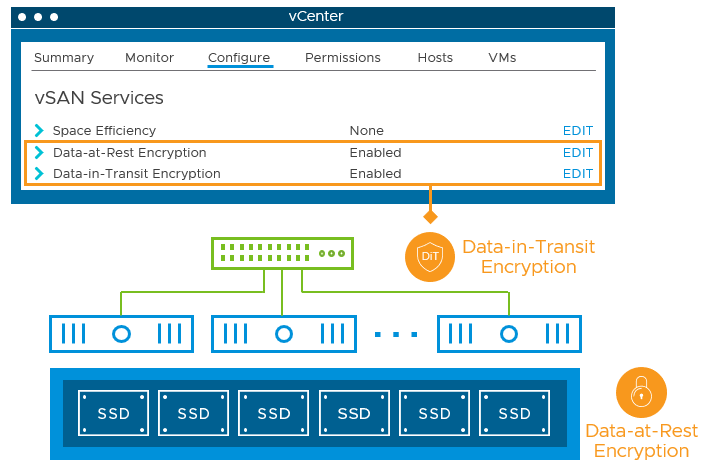
IDEA (International Data Encryption Algorithm). Some examples of symmetric encryption algorithms include: In this situation, both sender and recipient share the same encryption key. Symmetric encryption is a type of encryption where only one key is used to encrypt and decrypt the information. Some examples of asymmetric encryption algorithms include: As the name indicates, the Private Key is designed to be private and unique so that only the targeted recipient can decode the data. The Public-key is used for encryption and the Private Key is used for decryption. This is known as “Public and Private Key Pair”. There are two types of encryption – asymmetric and symmetric:Īsymmetric Encryption (Public-key Cryptography) uses two distinct keys that are connected with a mathematical algorithm in order to encrypt and decrypt the transferred data. In other words, it takes a legible message and changes it so that it appears haphazard. In essence, end-to-end encryption (E2EE) changes human-readable plaintext to incoherent text, also known as ciphertext. This way, third parties will not be able to access the cryptographic keys required to decrypt the conversation. Simply put, by encrypting communication for both ends (sender and recipient), end-to-end encryption stops anyone who is not involved in the discussion from reading personal conversations. What Is End-to-end Encryption?Įnd-to-end encryption, also known as E2EE is a method to secure data communication between 2 parties by applying encryption in such a way that only the targeted recipient can decrypt/read it.Īs it moves to its destination, it is impossible for third parties such as internet or app service providers, cybercriminals, or even governments to read or interfere in any way with the message. In this article, I am going to talk about end-to-end encryption and how it works, why it became essential, its advantages and downsides, and, of course, its applicability. Common to both individuals and businesses, the habit of using all sorts of apps for sending and receiving messages can sometimes become a threat as not all apps implement end-to-end encryption. This method offers advantages of simple implementation with minimum operational overhead, but suffers from issues of security of shared key and problems of scalability.In the current communication environment where time is essential and everybody needs to be as efficient as possible, messaging has become an important component of our daily life. 
The above is one of the simplest examples of symmetric encryption, but many complex variations exist for enhanced security. Once received, the recipient will decrypt it using the same reverse methodology – ‘08’ is ‘H’, ‘05’ is ‘E’, and so on, to get the original message value “HELLO.” Even if unauthorized parties receive the encrypted message “0805121215,” it will be of no value to them unless they know the encryption methodology.

A message like “HELLO” will be encrypted as “0805121215,” and this value will be transmitted over the network to the recipient(s). A simple example is representing alphabets with numbers – say, ‘A’ is ‘01’, ‘B’ is ‘02’, and so on. It uses the same secret key to encrypt the raw message at source, transmit the encrypted message to the recipient, and then decrypt the message at the destination. The first is known as Symmetric Encryption Cryptography.


Several general methods exist for encryption.








 0 kommentar(er)
0 kommentar(er)
